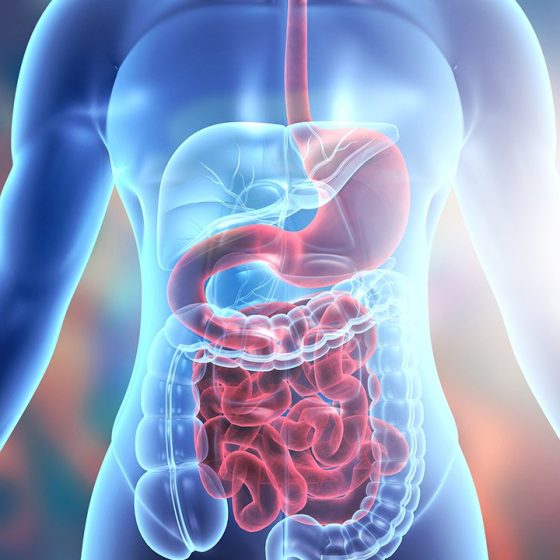Treatment for Large bowel and rectal neuroendocrine tumours (NETs)
The treatment you have for a large bowel or rectal neuroendocrine tumour (NET) depends on a number of factors. This includes where the cancer started, its size and whether it has spread (the stage). Surgery is the main treatment for large bowel and rectal NETs and is usually the only treatment that can cure it. Which treatment do I need? A team of doctors and other professionals discuss the best treatment and care for you. They are called a multidisciplinary team (MDT). The treatment you have depends on: where the large bowel or rectal NET started and its size whether


